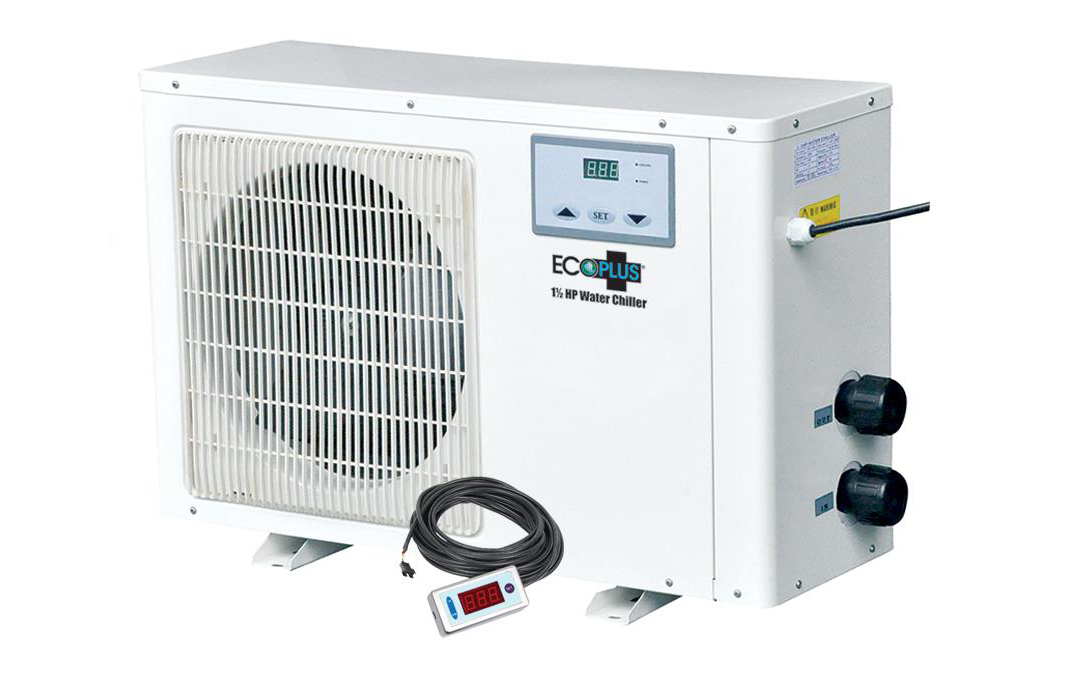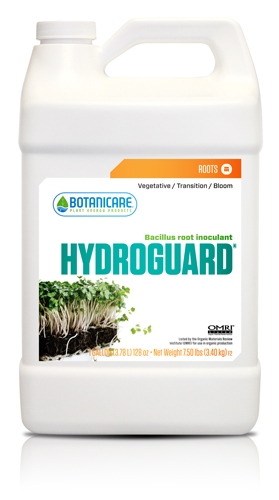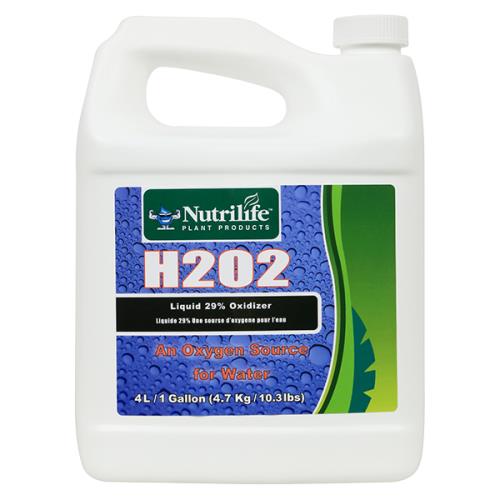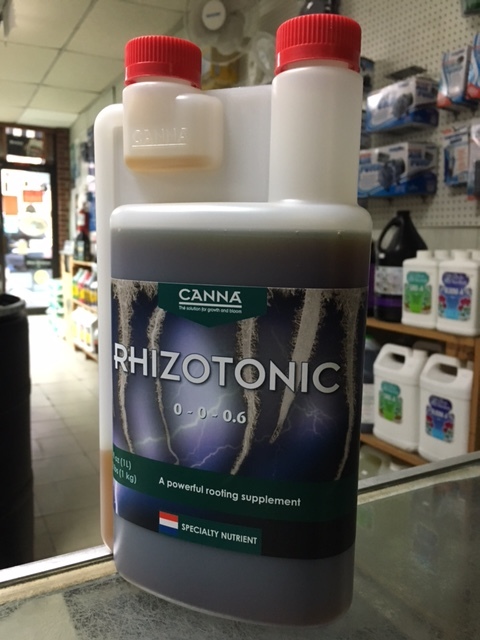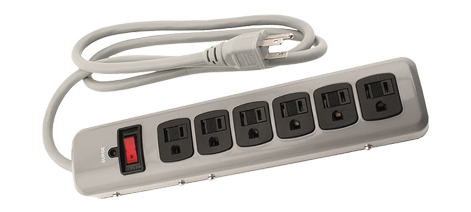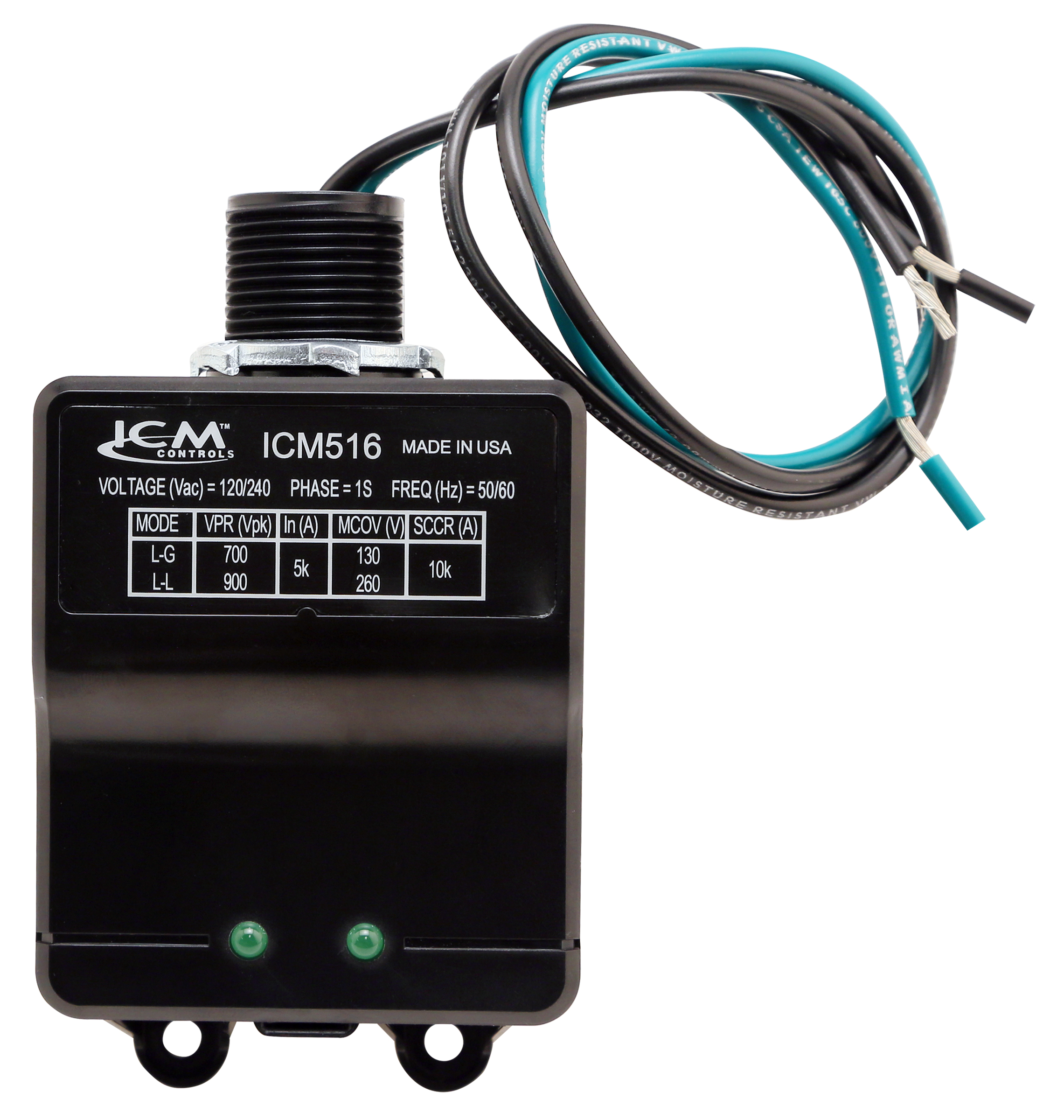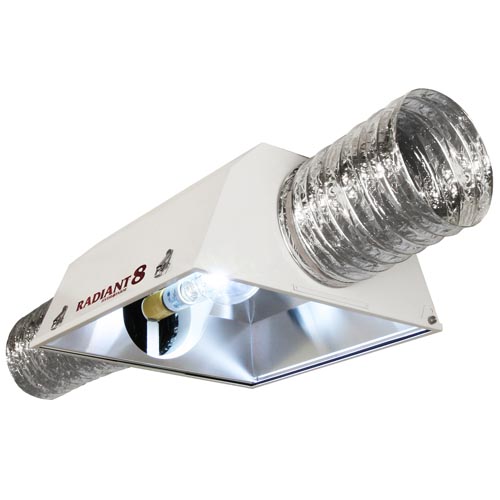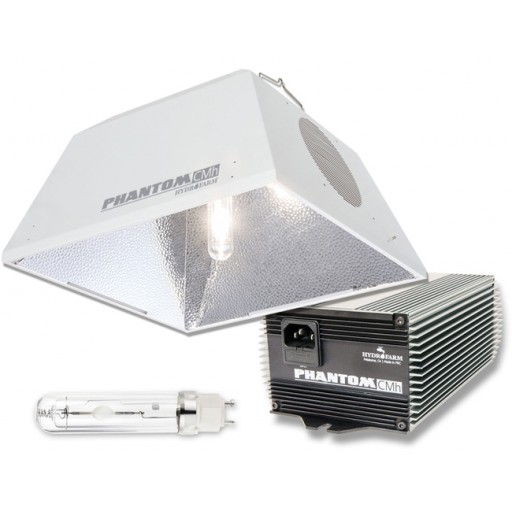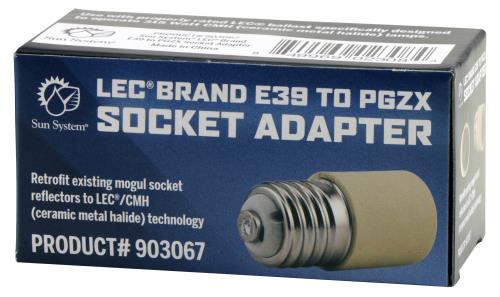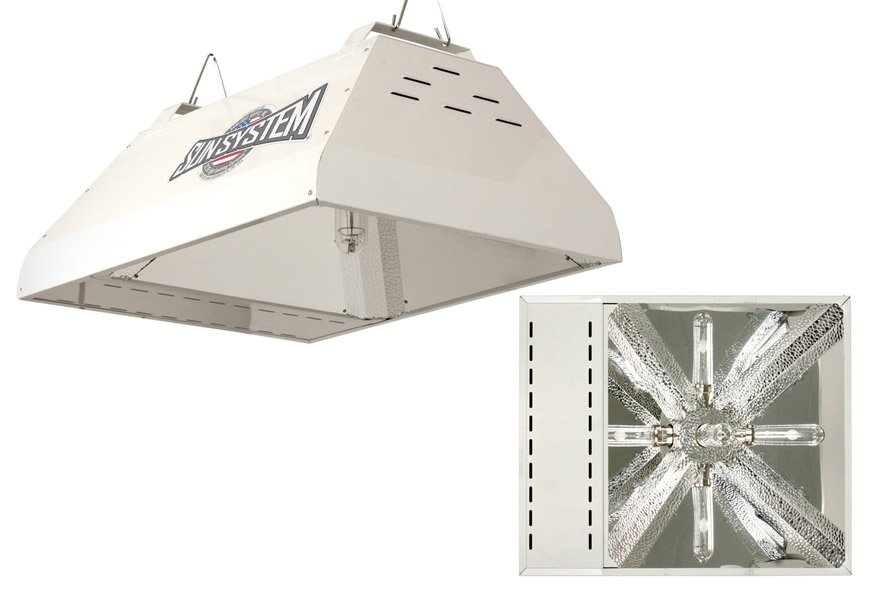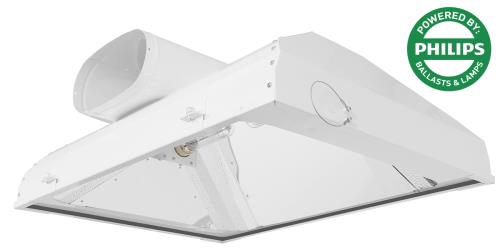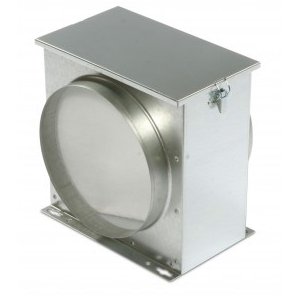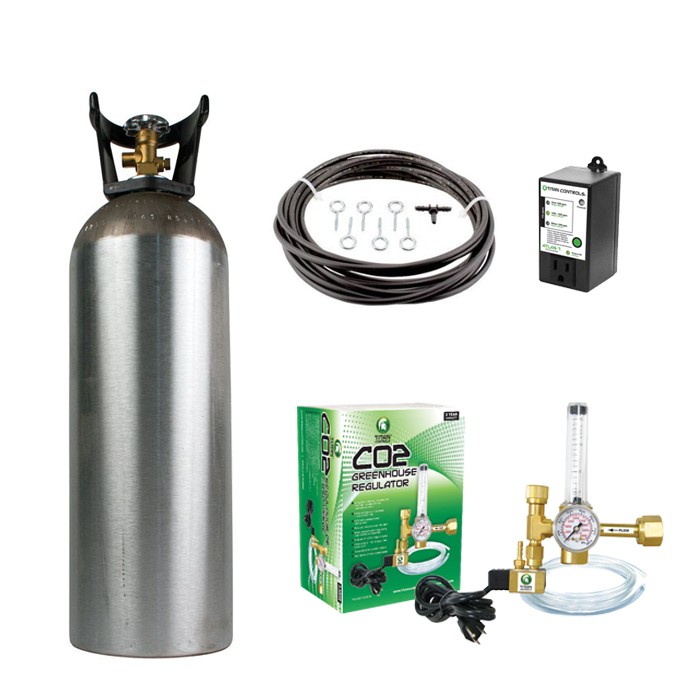We will be closed Saturday, September 2nd - Monday, Sepember 4th for Labor Day Weekend. We will reopen Tuesday at 11am. Have a great holiday weekend!
Tips for Hydroponic/Aeroponic Cloning in the Summer
One of the most common problems that our customers face once the weather gets warm is getting their clones to root. Just like propagating from seed, successful cloning requires specific environmental conditions and your full attention. Propagation is obviously one of the most important parts of growing (if not THE most important...), because if you can't start, you can't finish. Problems during the cloning process can delay your entire crop and future crops, so here are some tips to help you avoid some common issues:
- Make sure to keep your water temperature between 68-72°. The lower the water temperature, the more oxygen the water holds and the less chance there is of harmful bacteria, fungi and pathogens breeding (which can infect your clones and kill them before they root). The best and most reliable way to control the water temperature when the ambient temperature of your room is high is by using a water chiller. If using a chiller is not an option for you (they're a little pricey and big pieces of equipment, similar to air conditioners), a cheap and easy alternative is to freeze water bottles and change them out once or twice daily. It's not technical and precise, but it works.
- Change the water and solution in your cloning machine every 5 days. This keeps your solution fresh and helps prevent the growth/build up of pathogens.
- Be clean! Always take your cuttings with a clean, sharp blade that's been disinfected with rubbing alcohol (try to avoid using scissors because they crush the stem of the plant instead of making a clean cut). As soon as you move your rooted clones out of your cloning machine, clean it. Immediately. The longer it sits around with old, stagnant water in it (especially in high-temperature settings), the more likely it is to start growing pathogens and the harder it will be to get rid of them. Here is a link to a video from EZ-Clone that shows you the proper way to clean your cloning machine: https://www.youtube.com/watch?v=gOthz9srozs. Some of the steps might seem like overkill but, trust us, they're not. There is no such thing as "too clean" when it comes to disinfecting your cloning machine. There is a great chart in that video that outlines the recommended amount of bleach for each size of EZ-Clone machine:
If you encounter a "pond scum"-like smell or a slimy coating on the surface of the water/stems of your clones, you already have a problem. The best thing to do would be to empty your cloner, clean it thoroughly and start over with fresh cuttings. If starting over isn't an option, empty and clean your cloner, rinse your cuttings in fresh water, add something beneficial to your system (Hydroguard from Botanicare, Great White from Plant Success, etc.) and cross your fingers that they can come back from it!
EZ-Clone also makes a product Clear Rez that you can add to your cloner to keep it pathogen-free, however it's not the most natural and if you follow all the steps above, it's not necessary.
Plant sale!
Every year around this time we start getting phone calls and visits to see if we have plants for sale. We do! They're all grown from certified 100% organic seeds (except where noted) and started in Roots Organics Original Potting Soil. Here's a list of our current selection:
Herbs:
- Genovese Basil
- Common Sage
- Mexican Tarragon
- Flat Leaf Parsley
- Santo Cilantro
Greens and Veggies:
- Lacinato Kale
- Nano San Marzano Tomatoes (seeds from Italy, not certified organic)
- Red and Yellow Chard
- Oregon Sugar Pod II Snow Peas
- Delicata Squash
- Golden Nugget Tomatoes
- Broccoli Romanesco
- Zucchino Alberello sel. Valery (seeds from Italy, not certified organic)
- Toma Verde Tomatillos
- Haricot Vert Beans
- Sweetie Cherry Tomatoes
Come stop by and start your garden!
Indoor Gardening in the Summer
Gardening indoors gives you complete control over your environment and conditions - nothing is left up to chance or Mother Nature. There is always an answer to a negative outdoor condition: air conditioners and heaters to combat unfavorable temperatures, humidifiers and dehumidifiers to control humidity, lights to eliminate cloudy days, timers to control the lights for specific photo periods, etc. That said, there's no denying that the conditions outdoors definitely affect what we need to do indoors to create the perfect environment. Growing indoors in the summer has many challenges, hopefully these tips will help you avoid having to deal with them.
- Air conditioning. A must. You cannot have a successful summer growing season indoors in the tri-state area without it. A lot of the most common fruits, vegetables and herbs require growing temperatures of no higher than 80 degrees fahrenheit. Enriching the environment with CO2 allows plants to take slightly higher temperatures, but it should still never exceed 90 degrees. Using HID lights, with outdoor temperatures in the 80's, 90's and sometimes 100's, the ideal temperatures are pretty much impossible to maintain without air conditioning. If you already have an air conditioner, make sure it's in proper working order before the summer starts. You don't want to be taken by surprise on that first hot day and have your plants suffer.
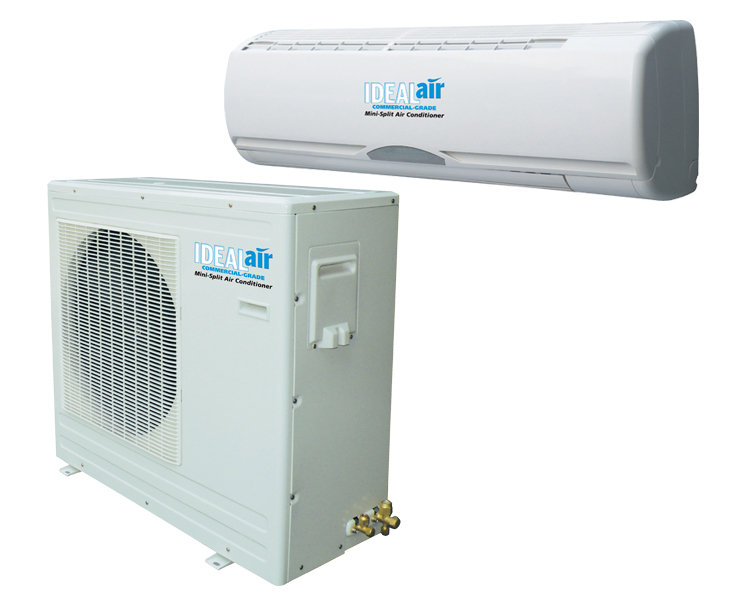
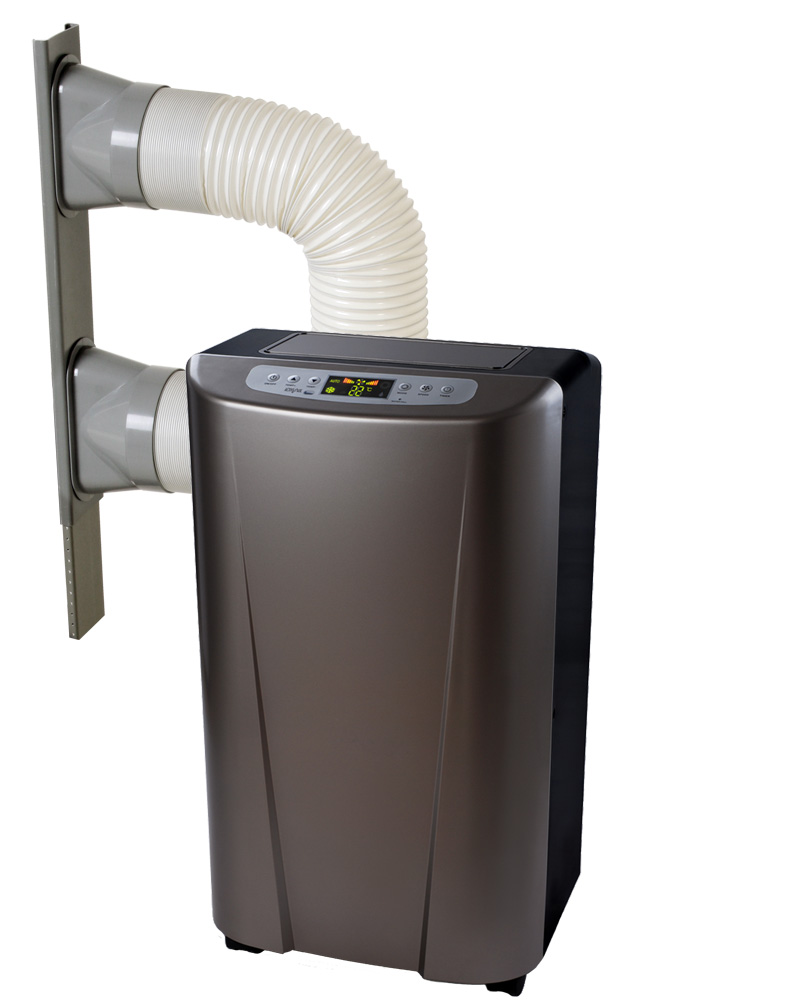
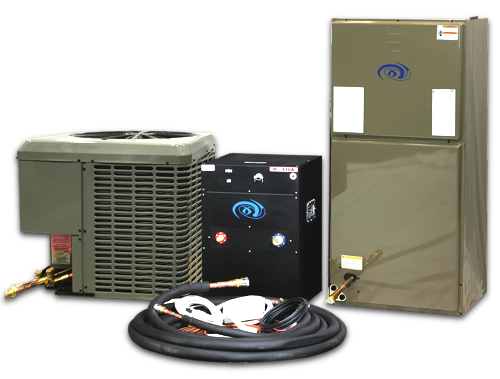
- Have a hygro-thermometer in each room that records the minimum and maximum temperature and humidity readings. That way if a piece of equipment is not operating properly and causes a change in your environment, you can catch it as soon as possible even if you're not there when it happens. We recommend hygro-thermometers that come with an external sensor so you can monitor the temperatures in two rooms at once, like this one from Grower's Edge. Autopilot makes one that measures the temperature, humidity and CO2, and also records the readings (and stores them for up to 7 days), so you know exactly WHEN things changed (which can be very helpful when trying to diagnose a problem).

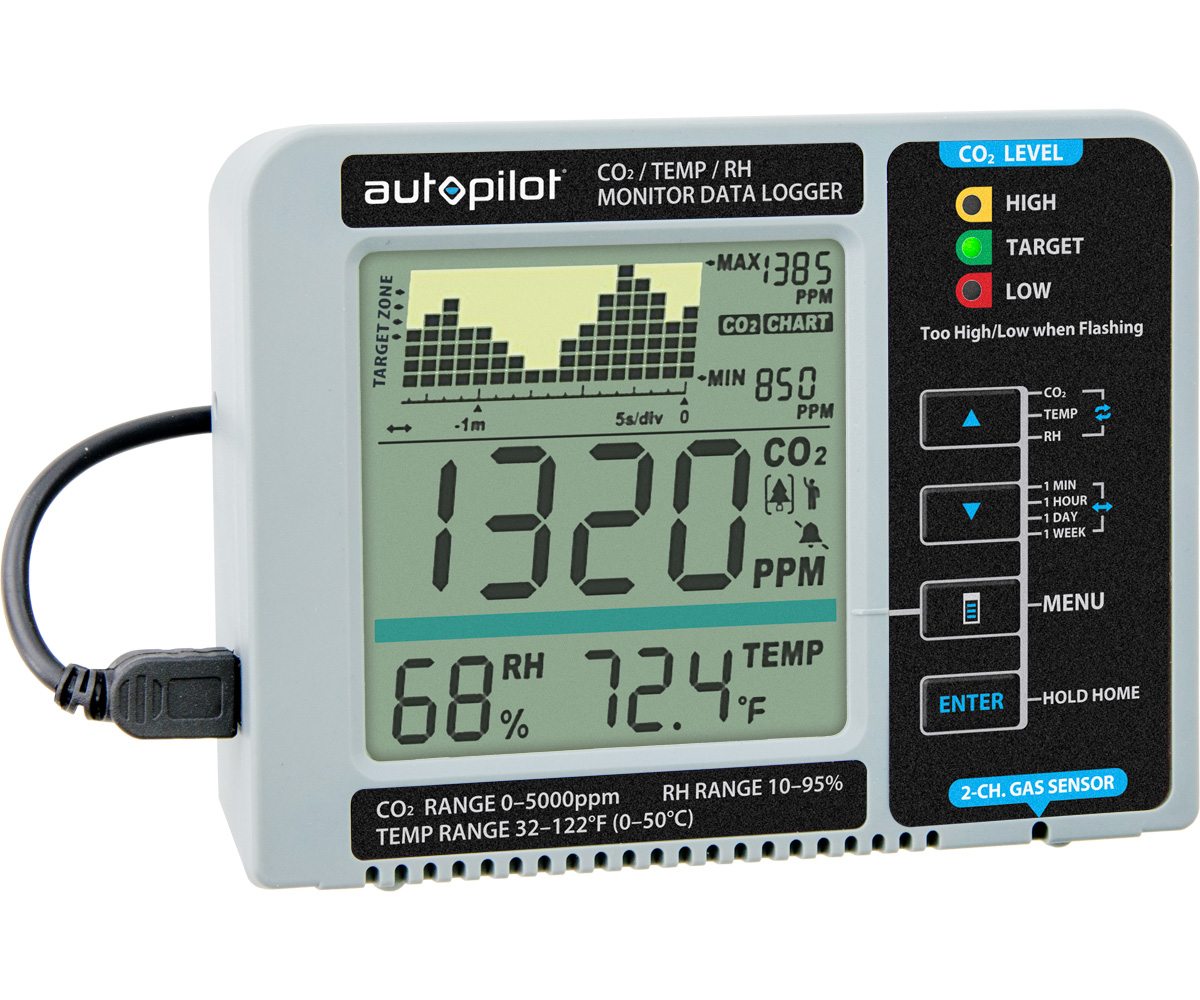
- Water temperature is very important in hydroponic gardening. The perfect water temperature range is 65-68 degrees. Low 70's can be ok, but once it climbs above 72-73 you run the risk of harmful bacteria, fungi and pathogens breeding and infecting your root zones. High water temperatures are the main cause of root rot, and unfortunately sometimes once you get it, there's no getting rid of it. If you're having a hard time controlling your water temps, seriously think about investing in a water chiller. They aren't the cheapest pieces of equipment but sometimes they're the only answer in successful hydroponic gardening (especially in the summer). You can also use products like food-grade H2O2, Botanicare's Hydroguard and Canna's Rhizotonic to help prevent disease, just be careful when using H2O2 because it will kill any beneficial bacteria and fungi you may be adding to your nutrient solutions.
- During heatwaves, electric companies sometimes reduce voltage to help lessen the strain on their power systems. When this happens, you're not getting your full power input. High wattage lights may not get their full "juice" so they will work harder to power up, which can damage the ballasts and/or bulbs. They can also be damaged when the power jolts back to its full potential, which is why surge protectors are so important. You may even lose partial power (some of your lights may work while others don't). If this happens, don't panic. Wait until the heatwave passes and then test your equipment once voltage is fully restored.
- Air-cool your lights. By creating a sealed line, where cool air is being pulled from an unused room with an in-line fan, through your lights via ducting, then out of the room (either into another room or directly outside), you can bring down your room temperatures considerably (typically 5-10 degrees). This will ease the load on your air conditioner and help lower your cooling costs, since fans use less electricity than A/C's. The sealed line is important because you don't want to waste the cool air from the A/C that you're already putting into your room by exhausting THAT air through the lights, or waste your CO2 if you're using it.
- New lighting technology is constantly being developed to solve problems of heat. LED lights have always been criticized for their low intensity, lack of yield-production and high prices, but now CMH (Ceramic Metal Halide)/LEC (Light Emitting Ceramic) lights are available. 315W CMH lights are comparable to 600W High Pressure Sodium lights (they cover a 3'x3' area and produce comparable yields), but use almost half the electricity and, due to increased UV output, produce plants of excellent quality. If you're currently using HPS and don't know how you'll control your temperatures over the summer, definitely look into CMH's.
- Most people opt for CO2 enrichment over bringing in fresh air during the summer months, due to the fact that the fresh air you'll be bringing in is probably hotter than the room itself (and CO2 helps plants combat the heat). However, if you must, (and this goes for all times of the year, not just the summer) make sure to protect your garden by using an intake filter! Bugs and molds are alive and well outdoors. The last thing you want to do is bring them in to your sterile environment where they can (and will) thrive. If you're in the city, don't think you're immune. They're everywhere.
- CO2 enrichment allows plants to be able to withstand higher temperatures of about ten degrees. Since CO2 burners create heat, most indoor gardeners opt for CO2 tanks and regulators in the summer. Proper CO2 enrichment can also lead to 20-25% increases in production, so it is a win/win.
- If it's an option for you, scale back. Even when you have the required equipment, running it all can be expensive. If you go full bore all year long and you don't feel like fighting the heat, cut back. Use half of your growing space during the height of the summer. You'll save money on cooling costs and give yourself a little break. You worked hard on your garden all year, you deserve it!
This is a 2017 update to a post from our old blog.
2017 Seed Picks
We received our first 2017 seed delivery last week (as always, from High Mowing Organic Seeds and, as always, 100% organic and non-GMO), so of course we had to make our annual blog post outlining our picks for this season. Check out the slideshow below for some of our favorites:
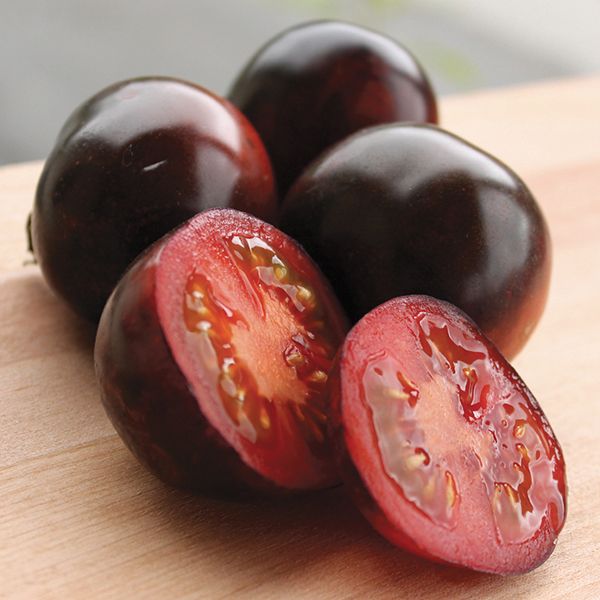
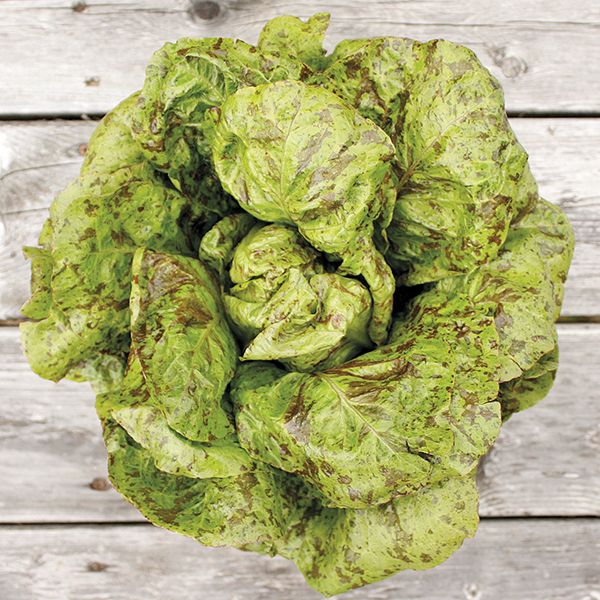
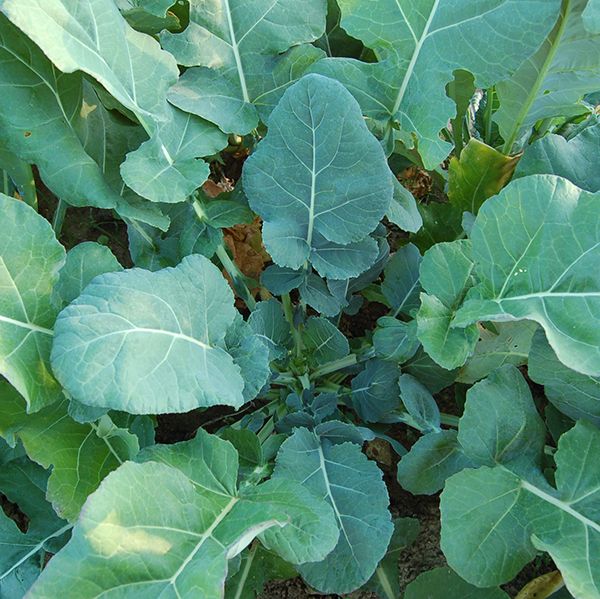
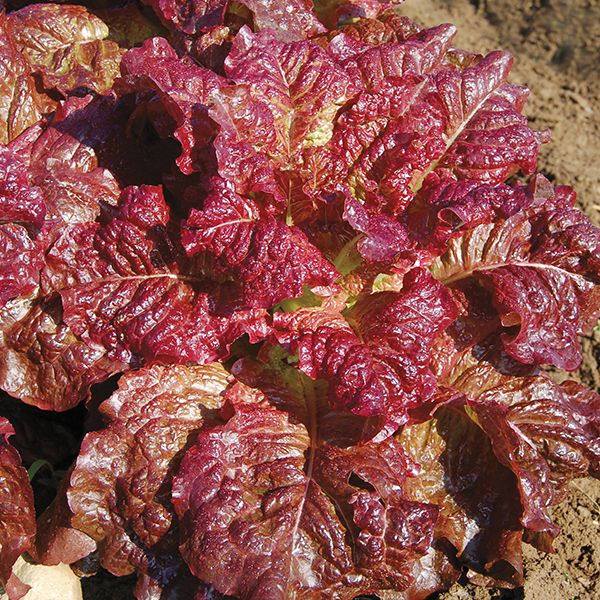
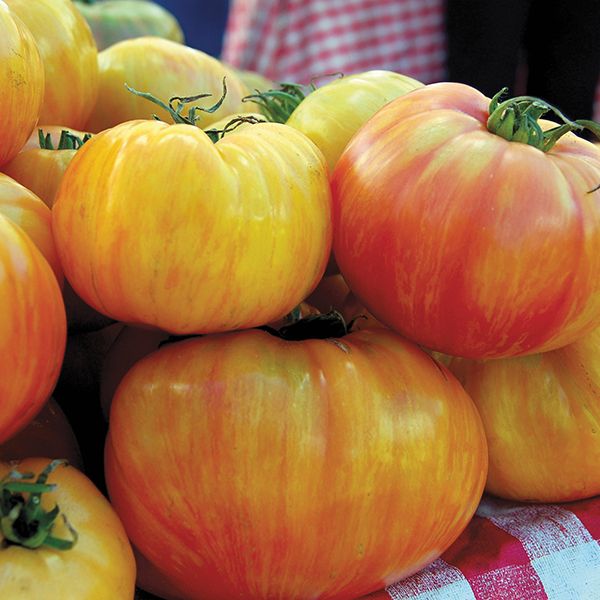
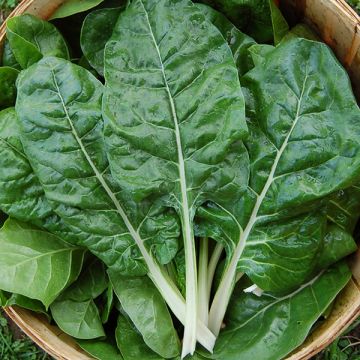
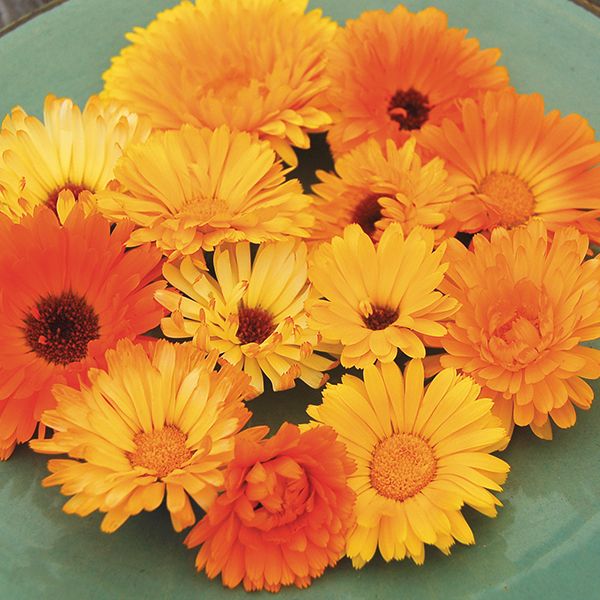
We also have a whole bunch of seeds from last year that were just marked down to 50% off.
If that's not enough planting inspiration, click here for High Mowing's staff picks.
The almanac says the last frost is going to be early this year (April 1st-18th for the NY Metro area) so you want to get your fruiting plant (tomatoes, peppers, eggplants, etc.) and flower seeds started pretty much NOW. Stop in for seeds and supplies!




